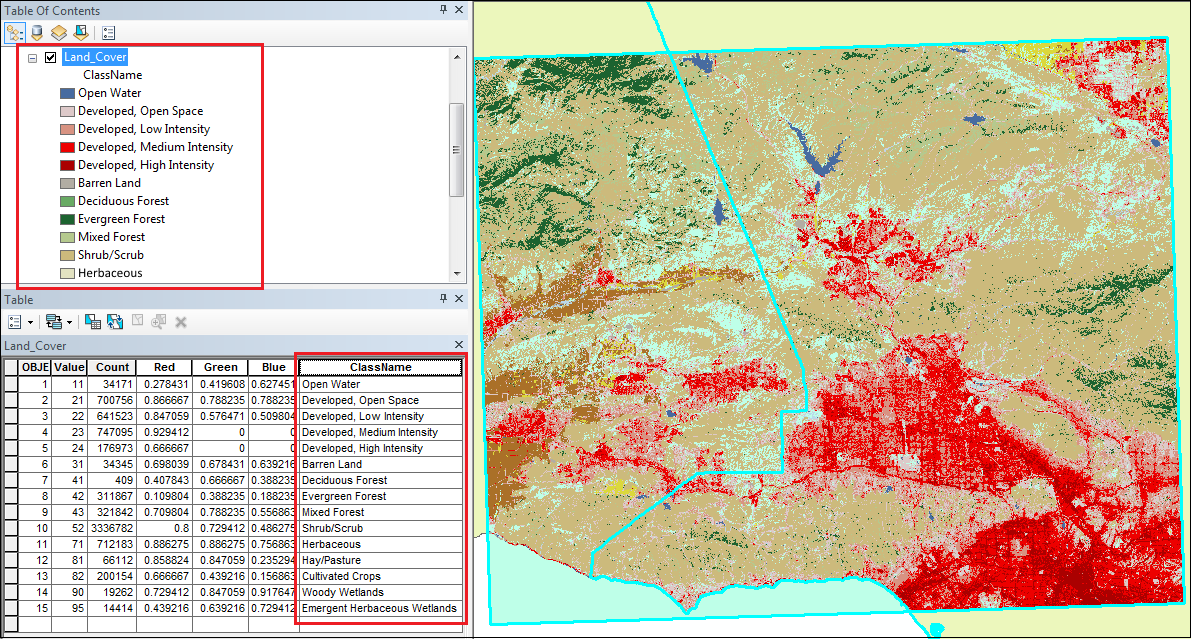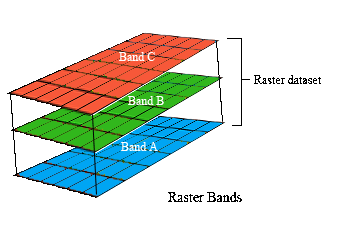
To illustrate this, we will crop the Canopy Height Model (CHM) to only include the area of interest (AOI). The spatial object as the cropping boundary. Spatial object that will be used to crop the raster.

To do this, we need to specify the raster to be cropped and the We can use the crop() function to crop a raster to the extent of another That the raster layer matches the extent of the desired vector layers. Cropping a raster can also be useful when creating pretty maps so Raster to the extent of our study area to reduce file sizes as we process Sometimes we have a raster file that is much larger than our

Spatial extent of a shapefile or R spatial object represents the geographic

We often work with spatial layers that have different spatial extents. Within a set of polygons, or in a buffer (surrounding) region around a set of
#Raster layer how to
We will also cover how to extract values from a raster that occur This episode explains how to crop a raster using the extent of a vector See the lesson homepage for detailed information about the software,ĭata, and other prerequisites you will need to work through the examples in this episode. Things You’ll Need To Complete This Episode Crop a raster to the extent of a vector layer.Įxtract values from a raster that correspond to a vector file overlay.


 0 kommentar(er)
0 kommentar(er)
